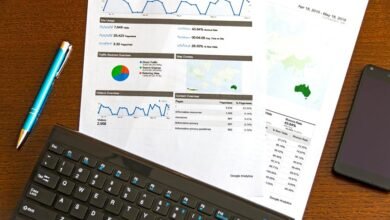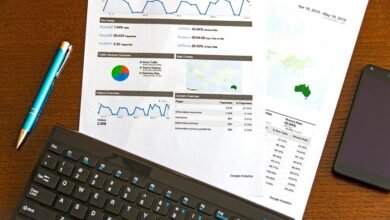Discover the Truth Behind 3525581395, 9134903627, 5167349363, 7063950748, 6143212542, 7652046509

The phone numbers 3525581395, 9134903627, 5167349363, 7063950748, 6143212542, and 7652046509 serve as more than mere digits. They encapsulate a range of personal connections and potential vulnerabilities in a digital landscape. Each number carries unique implications for privacy and security. Understanding their origins and associations reveals deeper insights into their role in modern communication. What lies beneath these seemingly ordinary identifiers?
Exploring the Origins of Each Phone Number
How did the structure of phone numbers evolve into the system used today? Phone number origins trace back to the early 20th century, where simplicity and accessibility were paramount.
Historical significance lies in the transition from operator-assisted calls to automated dialing, fostering individual connectivity.
This evolution reflects societal shifts toward personal autonomy, emphasizing the importance of direct communication in an increasingly interconnected world.
Identifying Potential Uses and Associations
While the primary function of phone numbers is to facilitate communication, their potential uses and associations extend far beyond mere connectivity.
They serve critical roles in phone number verification processes, enhancing security in transactions.
However, this utility raises significant privacy concerns, as users must navigate the balance between convenience and the potential risks associated with sharing personal information linked to these numbers.
The Impact of Phone Numbers in Our Digital Society
As digital interactions proliferate, phone numbers have evolved into pivotal elements of identity and access in today’s society. They serve as unique identifiers, facilitating communication and services.
However, this reliance raises privacy concerns, as each number contributes to an individual’s digital footprint.
Consequently, the intersection of convenience and security prompts critical discussions about safeguarding personal information in an increasingly interconnected world.
Conclusion
In conclusion, the exploration of phone numbers like 3525581395 and 9134903627 unveils a digital tapestry woven with both connectivity and vulnerability. As these numerical threads intertwine, they highlight the delicate balance between fostering communication and safeguarding privacy. In an era where personal information can slip through the cracks like sand through fingers, understanding the implications of our digital identifiers becomes paramount. Ultimately, navigating this landscape requires a vigilant approach to protect oneself from the potential pitfalls of the interconnected world.




